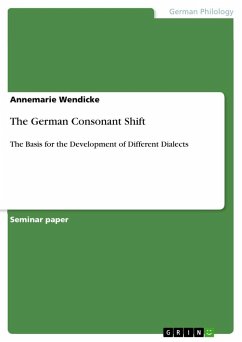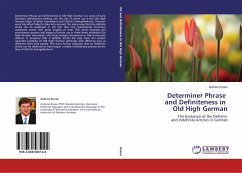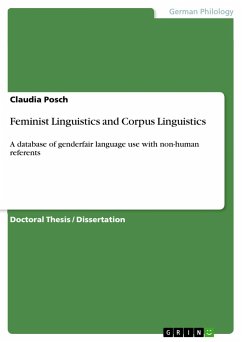
Sound Shifts in Old High German
To what extent and in what ways can it be argued that the Second Sound Shift is 'less thorough' than the First?

PAYBACK Punkte
0 °P sammeln!
Essay from the year 2011 in the subject German Studies - Linguistics, grade: 69, University of Birmingham, course: BA Modern Languages, language: English, abstract: The First and Second Sound Shifts are terms which refer to two series of consonant changes in the development of the Germanic forms from which Modern Standard German has evolved. In both cases the shifts affected stop consonants: the first resulted in the Germanic languages from Proto-Indo-European; the second in the Old High German dialects from the Germanic languages. The First Sound Shift, also called the Germanic Sound Shift, G...
Essay from the year 2011 in the subject German Studies - Linguistics, grade: 69, University of Birmingham, course: BA Modern Languages, language: English, abstract: The First and Second Sound Shifts are terms which refer to two series of consonant changes in the development of the Germanic forms from which Modern Standard German has evolved. In both cases the shifts affected stop consonants: the first resulted in the Germanic languages from Proto-Indo-European; the second in the Old High German dialects from the Germanic languages. The First Sound Shift, also called the Germanic Sound Shift, Grimm's law or die erste Lautverschiebung , affected all of the many stop consonants found in Proto-Indo-European; most changed, some disappeared but none escaped alteration. The dates are uncertain, but this shift is thought to have taken place from 1200 to 450 BC ("...not all of [the changes] were complete before the Germanic languages separated from each other" (Chambers & Wilkie 1970:18)). Though Rasmus Rask was the first person to discover them, Jakob Grimm was the first to tabulate and examine the changes in detail.













